What is the drum in a printer – Delving into the heart of printing technology, we uncover the enigmatic component known as the drum, an unsung hero responsible for transforming digital data into tangible images on paper. This comprehensive guide will illuminate its intricate workings, unraveling the secrets of how the drum orchestrates the creation of crisp, high-quality prints.
In this exploration, we will dissect the drum’s anatomy, tracing its role in the printing process from start to finish. We will delve into the different types of drums, their advantages and drawbacks, and explore cutting-edge advancements that push the boundaries of printing capabilities.
Along the way, we will uncover troubleshooting tips, maintenance techniques, and safety precautions to ensure optimal performance and longevity of your printer’s drum.
Understanding the Printer’s Drum Unit
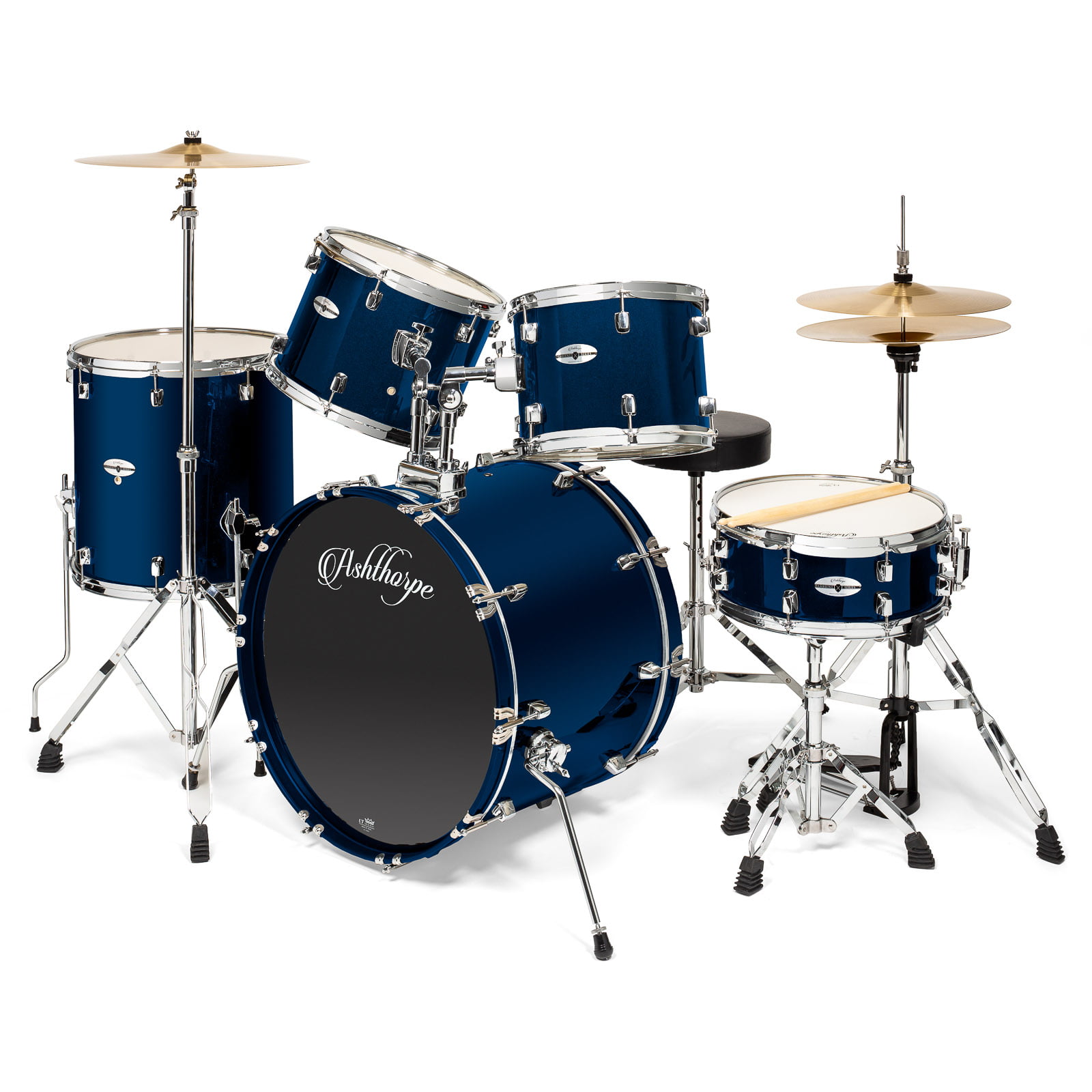
The drum unit is a crucial component within a printer, responsible for transferring toner particles onto paper during the printing process. It comprises several essential components that work together to achieve this function.
Components of the Drum Unit
- Drum:A cylindrical component made of a photosensitive material, typically selenium or organic photoconductors (OPC). It receives an electrical charge and attracts toner particles based on the pattern of light projected onto it.
- Primary Charge Roller (PCR):A roller that charges the drum with a uniform electrical charge, preparing it to attract toner particles.
- Laser/LED:A light source that projects a specific pattern of light onto the drum. This pattern corresponds to the desired print output, determining which areas of the drum will attract toner.
- Transfer Roller:A roller that transfers toner particles from the drum onto the paper. It carries a higher electrical charge than the drum, attracting toner particles and releasing them onto the paper’s surface.
- Cleaning Blade:A blade that removes any excess toner particles from the drum’s surface after each printing cycle, ensuring clean and accurate printing.
The Drum’s Role in the Printing Process: What Is The Drum In A Printer
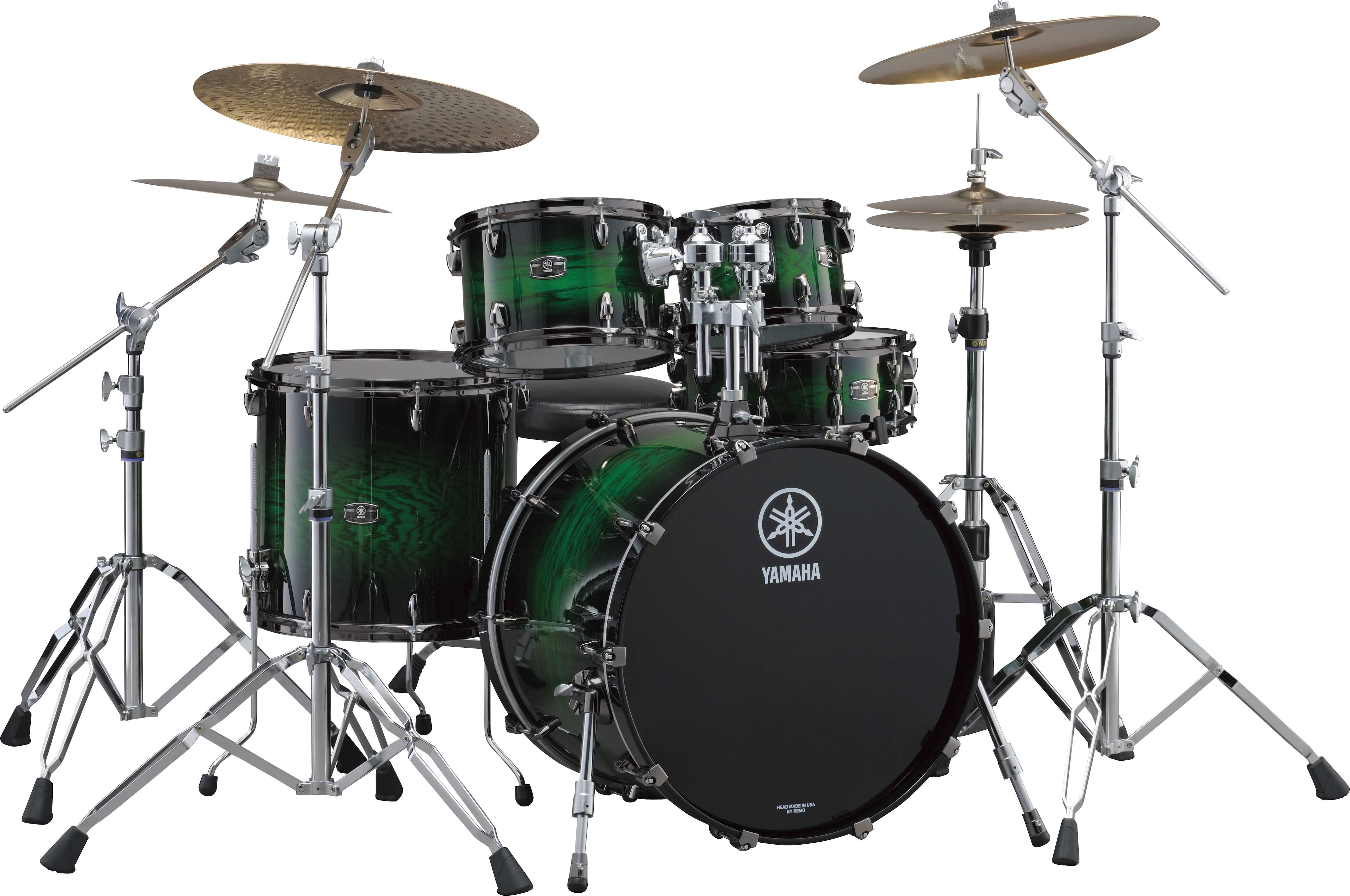
The drum is a vital component in the printing process, working in conjunction with other printer components to create an image on paper. It is a cylindrical-shaped unit that rotates within the printer and carries a photoconductive surface.
Drum Surface Preparation
Before printing, the drum’s surface is prepared to receive an electrostatic charge. A corona wire emits negative ions that charge the drum’s surface uniformly. This charge will attract positively charged toner particles in the subsequent steps.
Image Formation on the Drum
The laser beam from the printer scans the drum’s surface, creating an electrostatic image. The laser beam selectively discharges the areas of the drum’s surface that correspond to the non-image areas on the page. These discharged areas will repel toner particles in the next step.
Toner Transfer to the Drum
A developer roller, containing positively charged toner particles, comes into contact with the drum’s surface. The toner particles are attracted to the negatively charged image areas on the drum, adhering to them.
Image Transfer from Drum to Paper
A transfer roller, with a positive charge stronger than that of the drum, attracts the toner particles from the drum’s surface. The toner particles are then transferred onto the paper, which is passed through the printer and comes into contact with the transfer roller.
Fusing
The toner particles on the paper are fused permanently using heat and pressure. This process bonds the toner to the paper, creating the final printed image.
| Step | Description |
|---|---|
| Drum Surface Preparation | Drum surface is charged with negative ions. |
| Image Formation on Drum | Laser beam creates an electrostatic image on the drum. |
| Toner Transfer to Drum | Positively charged toner particles adhere to the negatively charged image areas on the drum. |
| Image Transfer from Drum to Paper | Toner particles are transferred from the drum to the paper. |
| Fusing | Toner particles are fused permanently to the paper. |
Types of Printer Drums

Printer drums vary in technology and application, leading to different types with distinct advantages and disadvantages.
The primary types of printer drums include:
Organic Photoconductor (OPC) Drums
- Most commonly used in laser printers and copiers
- Composed of a photosensitive organic material that attracts toner particles when exposed to light
- Advantages: Affordable, long-lasting, high-quality prints
- Disadvantages: Sensitive to humidity and temperature, prone to scratches
Amorphous Silicon (a-Si) Drums
- Used in high-volume printing applications
- Composed of a thin layer of amorphous silicon deposited on a glass or ceramic substrate
- Advantages: Durable, high-speed printing, excellent image quality
- Disadvantages: Expensive, not as common as OPC drums
Selenium Drums
- Used in older laser printers and copiers
- Composed of a thin layer of selenium deposited on an aluminum substrate
- Advantages: Long-lasting, produce sharp prints
- Disadvantages: Prone to scratching, not as durable as OPC or a-Si drums
The table below provides a summary of the different types of printer drums, including their technology, advantages, and disadvantages:
| Type | Technology | Advantages | Disadvantages |
|---|---|---|---|
| OPC | Organic Photoconductor | Affordable, long-lasting, high-quality prints | Sensitive to humidity and temperature, prone to scratches |
| a-Si | Amorphous Silicon | Durable, high-speed printing, excellent image quality | Expensive, not as common as OPC drums |
| Selenium | Selenium | Long-lasting, produce sharp prints | Prone to scratching, not as durable as OPC or a-Si drums |
The choice of printer drum type depends on the specific printing requirements, such as volume, quality, and cost.
Drum Maintenance and Replacement
Regular maintenance of the drum unit is crucial for maintaining optimal printing performance and extending the lifespan of the printer. Proper cleaning and replacement of the drum ensures consistent print quality, prevents smudging or streaking, and reduces the risk of damage to the printer.
Cleaning the Drum Unit
- Dry Cleaning:Use a soft, lint-free cloth or a dedicated drum cleaning sheet to gently wipe the drum surface. Avoid using harsh chemicals or abrasive materials that can damage the drum.
- Wet Cleaning:In cases of stubborn smudges or toner buildup, a mild cleaning solution can be used. Apply the solution to a lint-free cloth and gently wipe the drum. Avoid excessive moisture or direct contact with the solution.
Replacing the Drum Unit
When the drum unit reaches the end of its lifespan, it needs to be replaced to maintain print quality and prevent damage to the printer. Follow these steps to replace the drum unit:
- Turn off the printer and unplug it.
- Open the printer cover.
- Locate the drum unit and press the release button.
- Remove the old drum unit and replace it with the new one.
- Close the printer cover and plug it back in.
Troubleshooting Drum-Related Issues
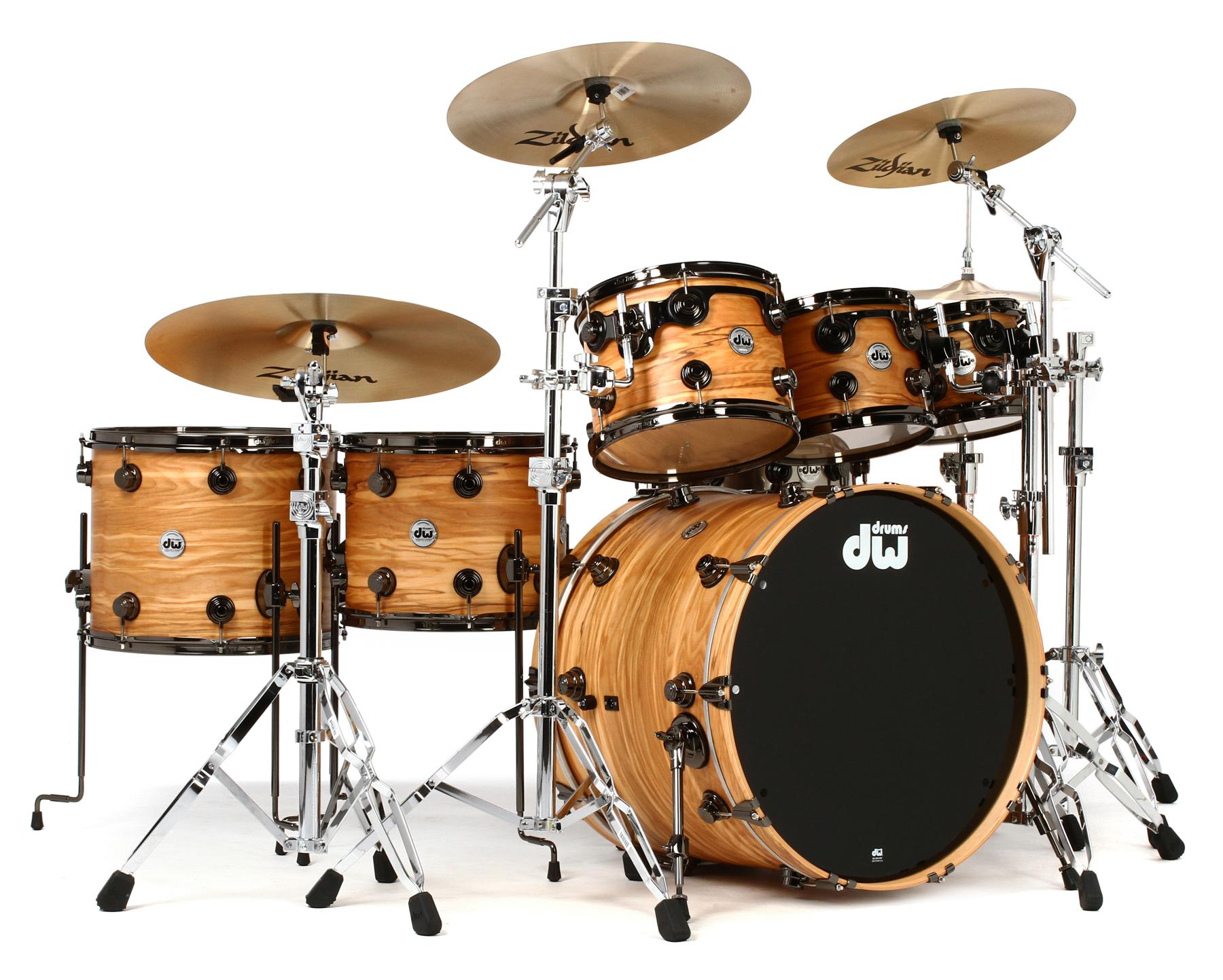
The printer’s drum unit is a critical component that plays a crucial role in the printing process. However, like any other component, the drum can encounter issues that can affect the quality of printed documents.
Identifying and troubleshooting drum-related issues can help ensure optimal print performance and prevent further damage to the printer.
Common Drum-Related Issues
Some common drum-related issues include:
- Streaks or lines on printed pages:This can be caused by dirt or debris on the drum’s surface, a worn-out drum, or a damaged fuser.
- Blank pages:A blank page can indicate a faulty drum, a problem with the toner cartridge, or a communication issue between the printer and the computer.
- Faded or faint prints:Faded prints can result from a low toner level, a worn-out drum, or a problem with the laser unit.
- Smudges or toner specks:Smudges or toner specks on printed pages can be caused by a damaged drum, a faulty toner cartridge, or a problem with the fuser.
- Ghosting or double images:Ghosting or double images can occur when the drum is dirty or damaged, or when the printer’s settings are incorrect.
Troubleshooting Tips
To troubleshoot drum-related issues, try the following steps:
- Inspect the drum:Remove the drum unit from the printer and inspect it for any visible damage or debris. Clean the drum’s surface with a soft, lint-free cloth.
- Check the toner cartridge:Make sure the toner cartridge is properly installed and that the toner level is sufficient. If the toner level is low, replace the cartridge.
- Reset the printer:Sometimes, a simple reset can resolve drum-related issues. Turn off the printer, unplug it from the power source, and wait for a few minutes before plugging it back in and turning it on.
- Update the printer’s firmware:Printer manufacturers regularly release firmware updates that can address drum-related issues. Check the manufacturer’s website for the latest firmware and install it on your printer.
- Contact customer support:If the issue persists, contact the printer manufacturer’s customer support for further assistance.
Optimizing Drum Performance
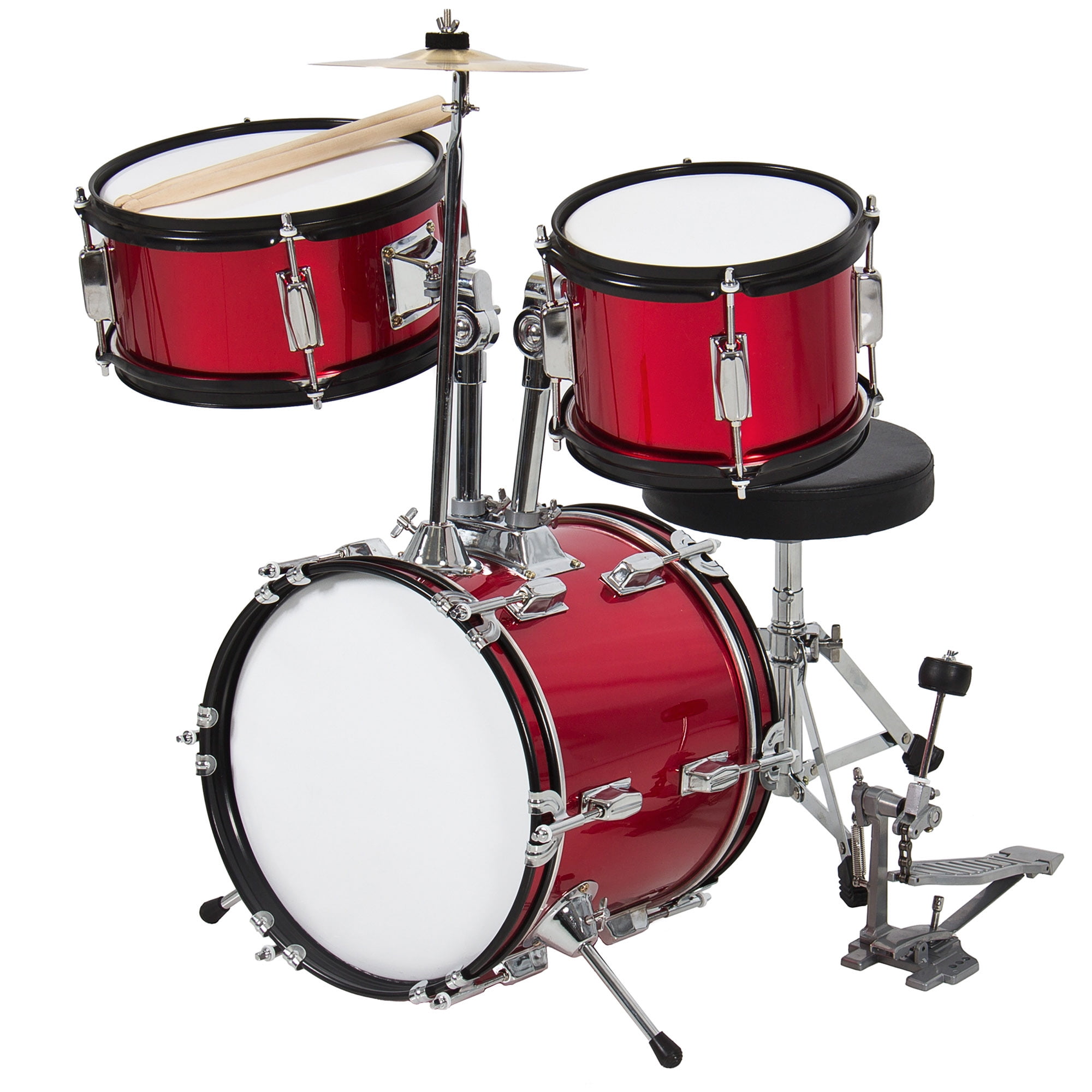
Maintaining the printer drum is crucial for ensuring optimal performance and extending its lifespan. By implementing proper techniques and addressing factors that can affect its longevity, users can maximize the drum’s efficiency and minimize the need for frequent replacements.
Factors influencing drum longevity include environmental conditions, printing frequency, and paper quality. High humidity or dusty environments can degrade the drum’s surface, leading to diminished print quality. Excessive printing can also shorten its lifespan, while using low-quality paper can cause abrasion and damage.
Environmental Considerations
- Maintain a controlled environment with moderate humidity levels.
- Avoid placing the printer in dusty areas or near sources of heat.
Printing Habits
- Limit excessive printing to prevent premature wear.
- Use high-quality paper that meets the printer’s specifications.
Regular Maintenance
- Clean the drum regularly using a soft cloth or brush.
- Inspect the drum for any damage or contamination.
- Replace the drum if necessary, as per the manufacturer’s recommendations.
Troubleshooting Tips
- If printouts show streaks or lines, clean the drum thoroughly.
- For faded or faint prints, replace the drum with a new one.
- If the printer indicates a drum error, troubleshoot the issue as per the user manual.
Drum Design and Innovation
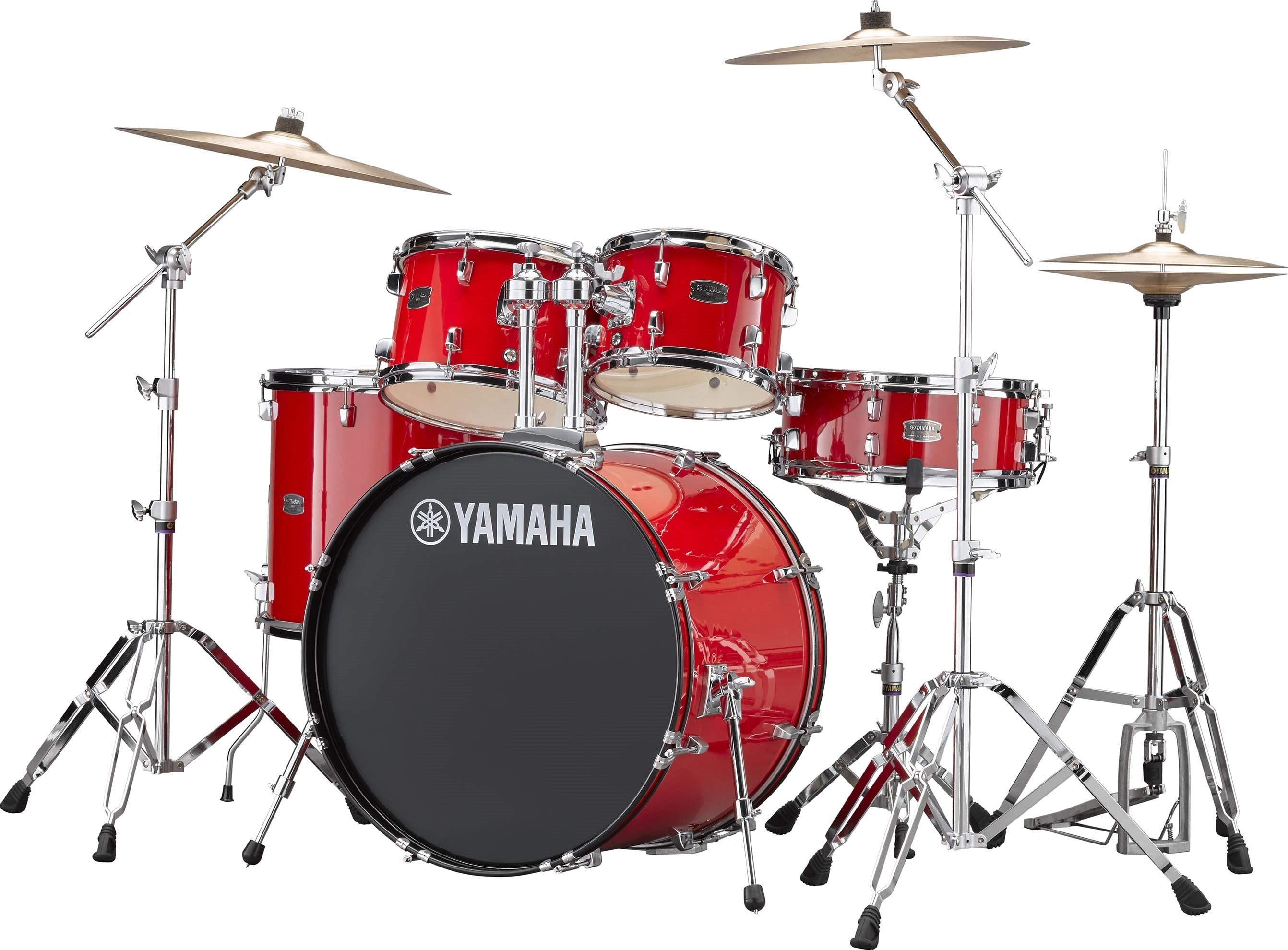
The evolution of printer drum technology has brought about significant advancements in printing capabilities. Recent innovations include:
- Laser-engraved ceramic drums:These drums are highly durable and resistant to wear, resulting in longer lifespans and consistent print quality.
- Amorphous silicon drums:These drums offer high resolution and image quality due to their ability to retain a precise electrostatic charge.
- Organic photoconductor drums:These drums are eco-friendly and consume less energy compared to traditional drums.
Improved Image Quality and Resolution
The advancements in drum technology have led to improved image quality and resolution. Laser-engraved ceramic drums provide sharp and precise images, while amorphous silicon drums enable higher resolutions for detailed prints.
The drum, a cylindrical component within a printer, transfers toner particles onto paper during the printing process. Its electrostatic charge attracts toner particles, which are then transferred to the paper. Understanding the drum’s function is crucial for troubleshooting printing issues.
Additionally, the printer driver, a software that enables communication between the computer and printer, plays a vital role in optimizing print quality and resolving printing problems. By understanding both the drum and printer driver, users can effectively manage their printing needs.
Increased Printing Speed
The use of innovative materials and designs in drums has resulted in increased printing speeds. Organic photoconductor drums, for example, reduce friction during the printing process, allowing for faster printing.
Reduced Energy Consumption
Organic photoconductor drums are energy-efficient due to their low power consumption. This eco-friendly design helps reduce the overall energy consumption of the printer.
Enhanced Durability and Lifespan
Laser-engraved ceramic drums are highly durable and resistant to wear, extending the lifespan of the drum and reducing the need for frequent replacements.
Comparison of Drum Technologies
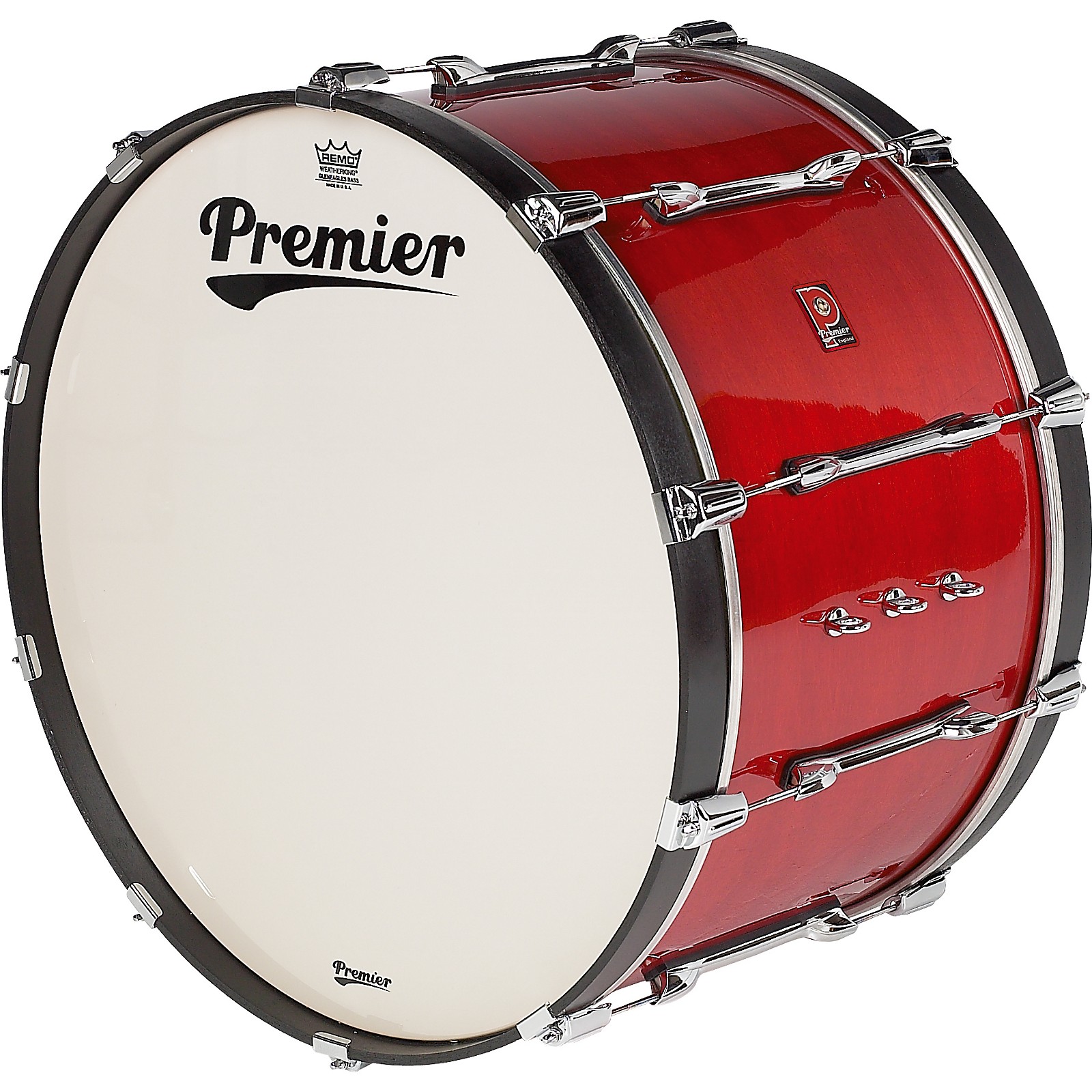
Various printer models employ distinct drum technologies, each with its own advantages and disadvantages. Understanding these differences is crucial for optimizing print quality and efficiency.
The primary drum technologies are organic photoconductor (OPC), amorphous silicon (a-Si), and ceramic.
Organic Photoconductor (OPC) Drums
OPC drums are widely used in laser printers and copiers. They consist of a photoconductive layer made of organic materials, such as selenium or silicon, deposited on an aluminum base.
- Strengths:Low cost, high-quality output, long lifespan
- Weaknesses:Susceptible to damage from high temperatures and humidity
Amorphous Silicon (a-Si) Drums
a-Si drums are found in high-end laser printers and multifunction devices. They utilize a thin layer of amorphous silicon deposited on a glass substrate.
- Strengths:Excellent print quality, durability, fast printing speeds
- Weaknesses:Higher cost, shorter lifespan than OPC drums
Ceramic Drums
Ceramic drums are primarily used in industrial-grade printers. They are made of a durable ceramic material that is resistant to wear and heat.
- Strengths:Extremely long lifespan, high-temperature resistance
- Weaknesses:Expensive, limited print quality compared to OPC and a-Si drums
Environmental Considerations
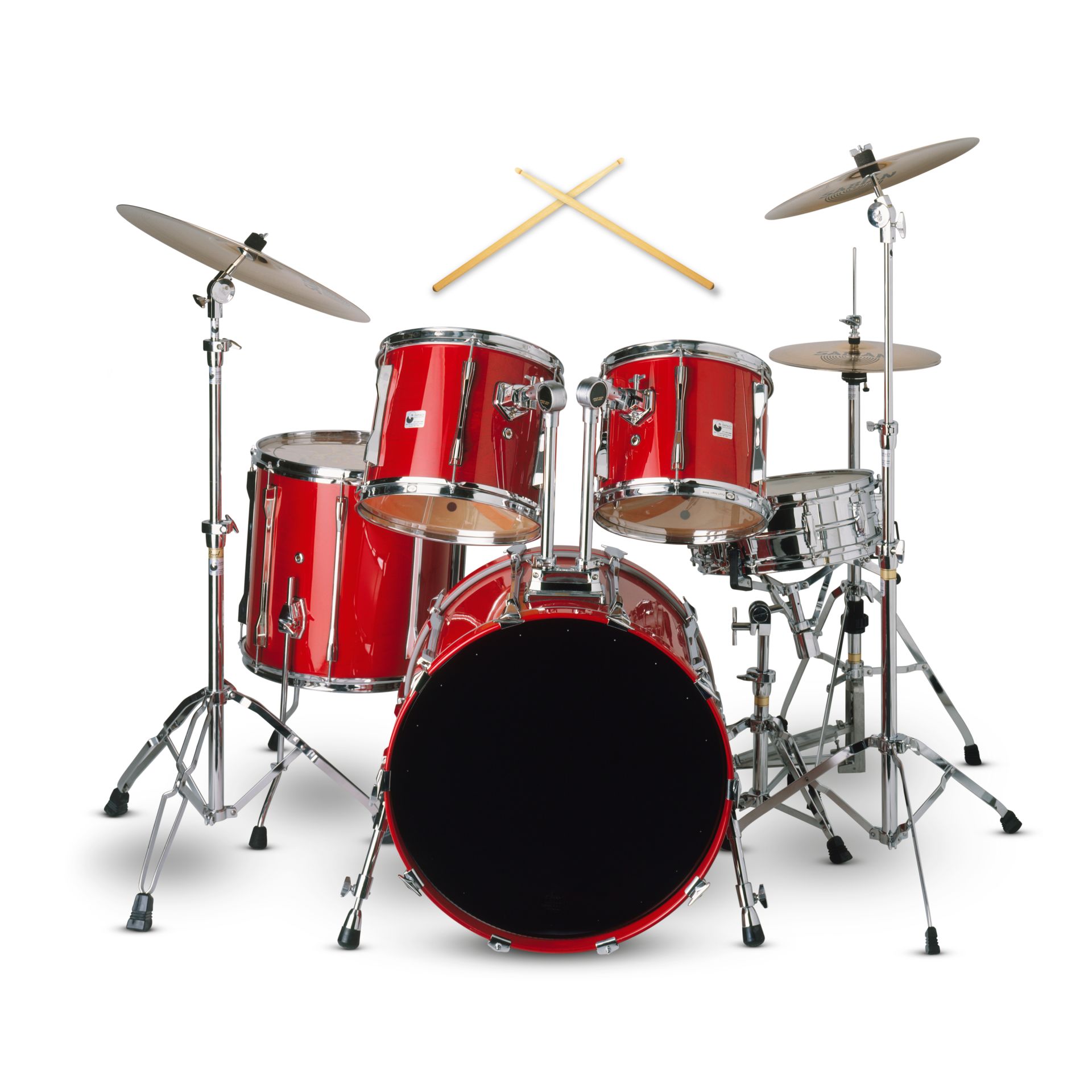
Printer drums have an environmental impact due to their production, use, and disposal. The materials used in drum manufacturing, such as aluminum, selenium, and organic photoconductors, can contribute to resource depletion and pollution during extraction and processing. Additionally, the disposal of used drums can pose environmental risks if not handled properly.
To mitigate these impacts, eco-friendly alternatives and responsible disposal practices are crucial. Some manufacturers offer drums made from recycled materials, reducing the demand for virgin resources. Proper disposal involves recycling programs that recover valuable materials from used drums, preventing them from ending up in landfills.
Environmental Impact of Different Drum Types
The environmental impact of printer drums varies depending on the type of drum used:
| Drum Type | Environmental Impact |
|---|---|
| Organic Photoconductor Drums (OPC) | Moderate environmental impact due to the use of organic materials. |
| Amorphous Silicon Drums (a-Si) | Higher environmental impact due to the use of rare earth materials. |
| Photoreceptor Drums (PR) | Lowest environmental impact due to the use of durable and recyclable materials. |
Tips for Reducing Environmental Impact
Here are some tips for reducing the environmental impact of printer drum usage:
- Use eco-friendly drums made from recycled materials.
- Maximize drum life by following manufacturer’s recommendations for maintenance and replacement.
- Recycle used drums through manufacturer programs or certified recycling facilities.
- Consider using digital printing technologies that reduce the need for physical drums.
By implementing these practices, we can minimize the environmental footprint associated with printer drums.
Safety Precautions

Handling and replacing printer drums require specific safety precautions to minimize potential hazards associated with toner dust exposure and improper disposal.
Observing these precautions ensures a safe work environment and prevents any adverse effects on health or the environment.
Potential Hazards
Toner dust, a fine powder used in laser printers, can pose several hazards if not handled properly.
- Inhalation:Inhaling toner dust can irritate the respiratory system, causing coughing, sneezing, and difficulty breathing.
- Eye irritation:Toner dust can cause eye irritation, redness, and watering.
- Ingestion:Ingesting toner dust can be harmful, especially for children and pets.
- Environmental contamination:Improper disposal of used cartridges can release toner dust into the environment, contaminating soil and water.
Glossary of Drum-Related Terms
To enhance understanding of printer drums, a glossary of technical terms is provided below. These definitions clarify the concepts and components associated with drum units, enabling readers to comprehend the intricacies of printer technology.
The drum, a crucial component in laser printers, transfers toner particles onto paper. To maintain optimal printing performance, it’s essential to periodically reset the toner cartridge. For Brother printers, you can find comprehensive instructions on how to reset toner on brother printer.
Returning to the drum, its rotation allows the transfer of toner particles, creating sharp and legible prints.
Drum
The drum is a cylindrical component within the printer that receives an electrostatic charge and attracts toner particles to create the printed image. It transfers the toner to the paper, resulting in the final print.
Toner, What is the drum in a printer
Toner is a fine powder composed of plastic particles and pigments. It carries an opposite electrostatic charge to the drum, adhering to the charged areas of the drum and transferring to the paper during the printing process.
Fuser
The fuser is a heated roller that bonds the toner particles to the paper, making the print permanent. It applies heat and pressure to melt the toner, fusing it into the paper fibers.
OPC Drum
OPC (Organic Photoconductor) drum is a type of drum commonly used in laser printers. It is made of a photoconductive material that changes its electrical properties when exposed to light, allowing for precise control of toner transfer.
Magnetic Drum
Magnetic drums are used in some older printers and copiers. They are coated with a magnetic material that attracts toner particles, which are then transferred to the paper using a developer roller.
Visual Aids and Illustrations
To enhance the understanding of printer drums, a range of visual aids and illustrations can be employed. These include:
Infographic Summarizing Key Aspects
An infographic can provide a concise overview of the key aspects of printer drums. It can include information on:
- Function of the drum
- Types of drums
- Drum maintenance and replacement
- Troubleshooting drum-related issues
Detailed Illustrations of Drum Structure and Operation
Detailed illustrations can demonstrate the internal structure and operation of a printer drum. These illustrations can show:
- The drum’s cylindrical shape
- The photosensitive coating on the drum’s surface
- The charging roller and developer roller that interact with the drum
- The transfer roller that transfers the toner image from the drum to the paper
Captions for Visual Aids
Each visual aid should be accompanied by a concise and informative caption. The caption should:
- Describe the main features of the visual aid
- Explain how the visual aid relates to the topic being discussed
- Use clear and concise language
Visual Appeal and Consistency
The visual aids should be visually appealing and easy to understand. They should use a consistent color scheme and font throughout. This will help to create a cohesive and professional-looking presentation.
Frequently Asked Questions
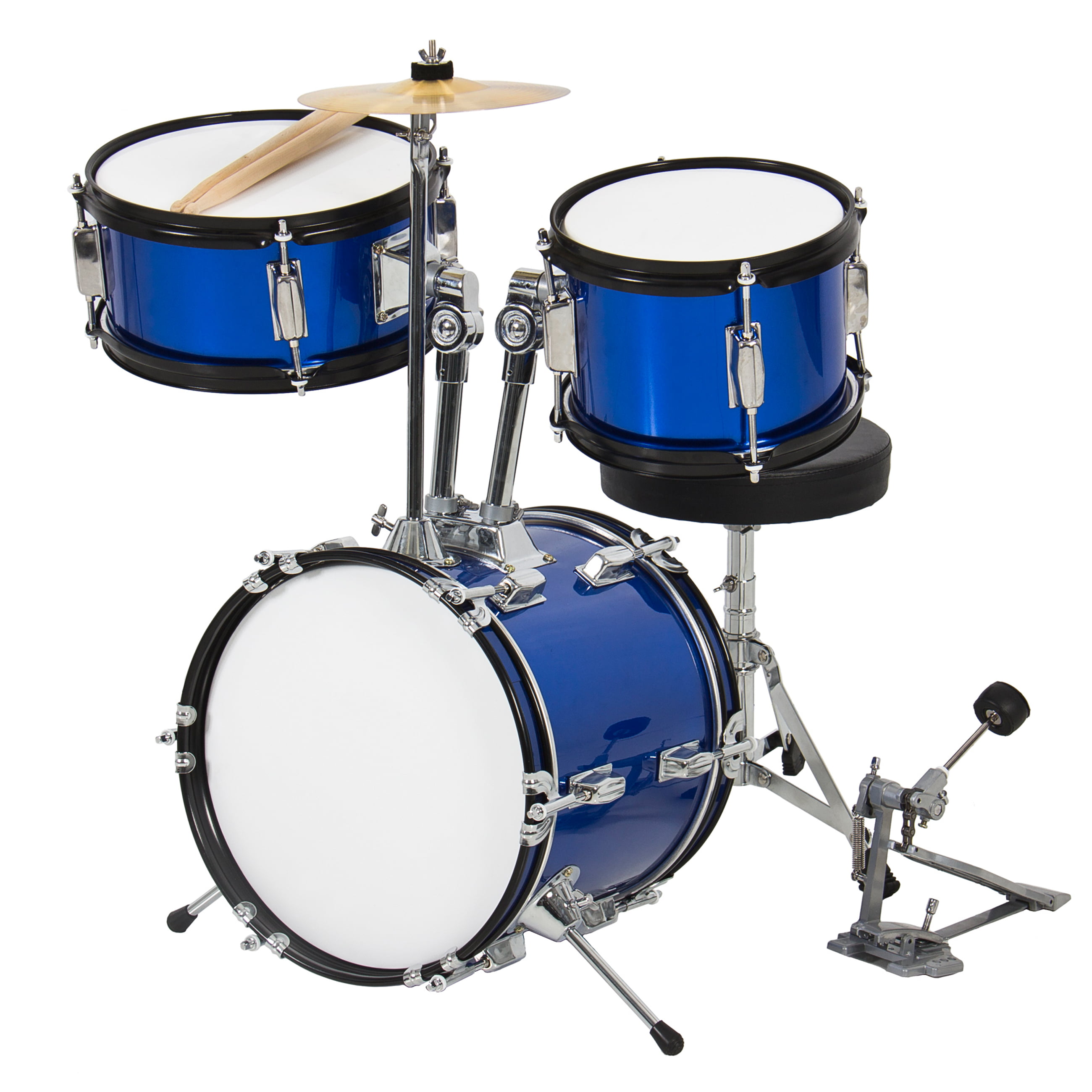
This section addresses common questions and concerns related to printer drums, providing concise and informative answers for easy reference.
The questions are categorized into s for better organization and clarity.
General Questions
| Question | Answer |
|---|---|
| What is a printer drum? | The drum is a cylindrical component within a laser printer that transfers toner particles onto paper during the printing process. |
| What are the different types of printer drums? | There are two main types: OPC (Organic Photoconductor) drums and magnetic drums. OPC drums are more common in modern printers. |
| How long does a printer drum typically last? | The lifespan of a drum varies depending on usage and maintenance. It can range from 10,000 to 100,000 pages. |
Troubleshooting
| Question | Answer |
|---|---|
| Why is my printer printing blank pages? | A worn or damaged drum can cause blank pages. Replacing the drum may resolve the issue. |
| What causes streaks or lines on printed pages? | Scratches or debris on the drum’s surface can result in streaks or lines. Cleaning or replacing the drum can fix the problem. |
| Why is my printer not recognizing the drum? | Ensure that the drum is properly installed and that the contacts are clean. If the issue persists, the drum may be faulty. |
Maintenance
| Question | Answer |
|---|---|
| How do I clean a printer drum? | Use a soft, lint-free cloth to gently wipe the drum’s surface. Avoid using harsh chemicals or abrasive materials. |
| When should I replace the printer drum? | Replace the drum when you notice a significant decline in print quality or when the printer prompts you to do so. |
| Can I extend the lifespan of my printer drum? | Proper maintenance, such as regular cleaning and using high-quality toner, can help prolong the drum’s lifespan. |
FAQ
What is the function of the drum in a printer?
The drum, also known as the imaging drum or OPC (organic photoconductor) drum, is a cylindrical component coated with a photoconductive material. Its primary function is to receive an electrostatic image from the printer’s laser or LED array and transfer it to the paper during the printing process.
How does the drum interact with other printer components to create an image?
The drum works in conjunction with several other components, including the laser or LED array, toner cartridge, and transfer roller. The laser or LED array creates an electrostatic image on the drum’s surface, which attracts toner particles from the cartridge.
The transfer roller then brings the paper into contact with the drum, transferring the toner particles to the paper, forming the printed image.
What are the different types of printer drums?
There are several types of printer drums, including OPC (organic photoconductor) drums, laser-engraved ceramic drums, and amorphous silicon drums. Each type has its own advantages and disadvantages in terms of print quality, durability, and cost.
How often should I clean or replace the drum in my printer?
The frequency of drum cleaning or replacement depends on the type of printer and the volume of printing. Generally, it is recommended to clean the drum every few months or after a certain number of printed pages, as specified by the printer manufacturer.
What are some common drum-related issues and how can I troubleshoot them?
Common drum-related issues include print quality problems such as streaks, smudges, or faded prints. These issues can often be resolved by cleaning the drum, replacing the toner cartridge, or adjusting the printer settings.